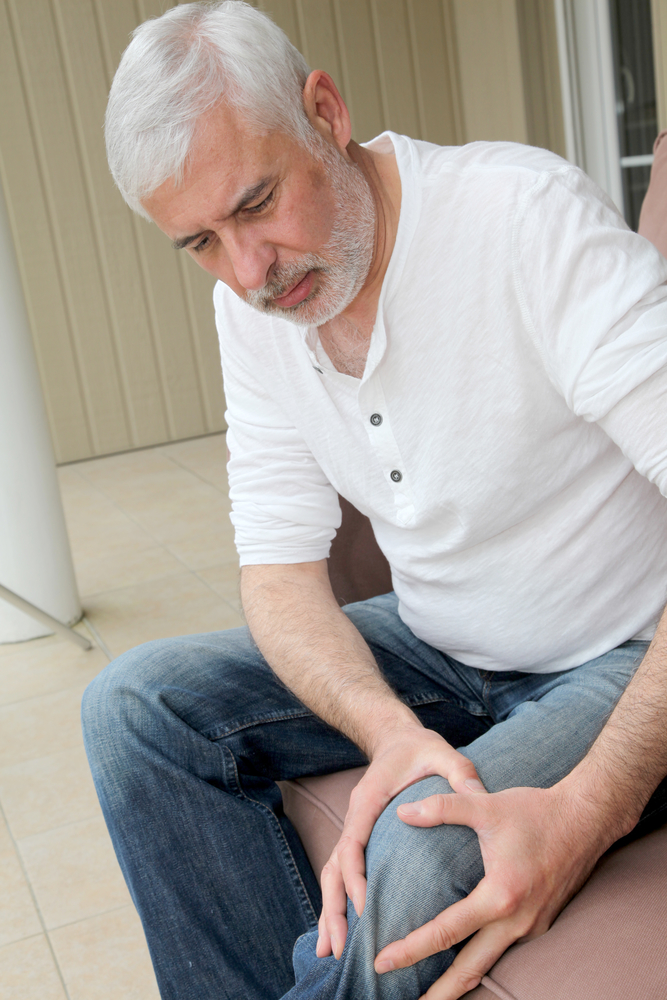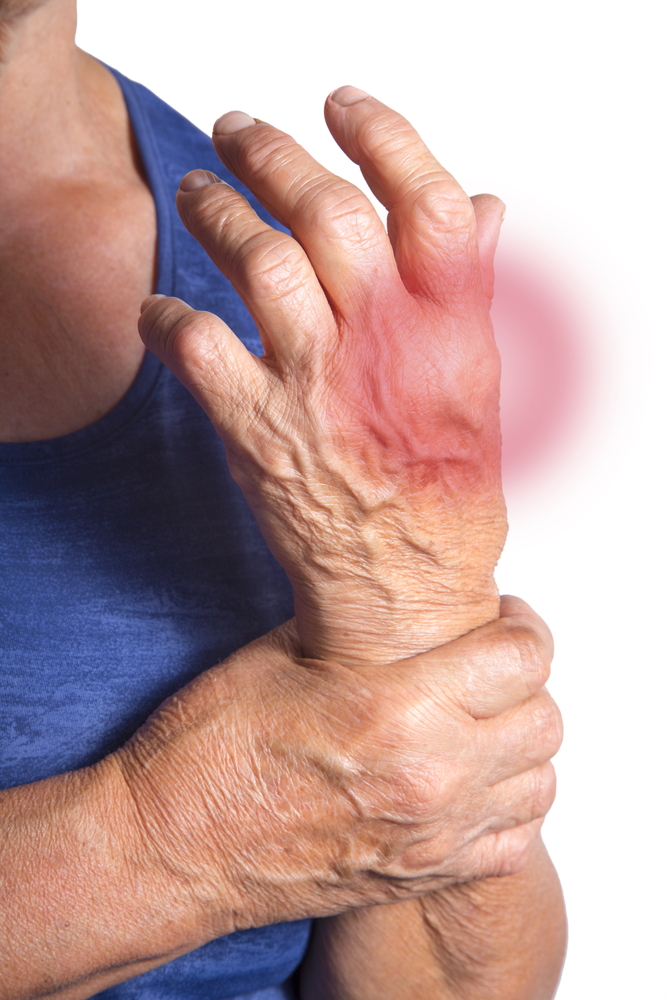Arthritis is a common joint condition that affects millions of people. The damage caused by arthritis can lead to painful, swollen joints with limited motion. As it progresses, patients become increasingly limited in their mobility and ability to function in everyday life.
Typically, the weight-bearing joints are the most affected by arthritis. The most common joints to experience arthritis are the knee and hip.
Arthritis is a common problem, especially for people over age 50 and for people that are overweight.
Physical Therapists help patients live with arthritis and manage symptoms. Our PTs provide treatment to lessen pain, improve movement, and offer education on healthy lifestyle choices.

Osteoarthritis
This form of arthritis is the “wear and tear” damage associated with aging and injury. OA can affect only one joint or multiple joints. Damage to the cartilage that covers the joint surfaces leads to a loss of smooth, frictionless motion in that joint. Symptoms typically include painful, swollen, stiff joints with “grinding” and “rubbing” in more advanced cases.
Symptoms of Arthritis
Typically, OA causes pain and stiffness in the joints. Furthermore, the stiffness and pain is typically worse in the morning or after periods of inactivity. As the condition progresses, common symptoms may also include loss of available motion in a joint. Additionally, you may hear or feel a sensation of “grinding” or “clicking” with movement.
How Physical Therapy Can Help Arthritis
Unfortunately, there is no way to reverse the damage done by OA. However, a physical therapy plan can drastically help with symptoms and improve function. In addition, a physician can prescribe NSAID’s for short term relief of inflammation.
Physical Therapy interventions are similar for all types of arthritis. A treatment program would help to decrease or manage pain and inflammation. This includes ice, heat, electric stimulation, and ultrasound. Additionally, gentle therapeutic exercise is used to increase strength around affected joints and stretching to increase or maintain flexibility.

Rheumatoid Arthritis
Commonly referred to as “RA,” Rheumatoid Arthritis is an autoimmune disorder which causes chronic inflammation to the lining of the joints in our body. As an autoimmune disorder, RA causes the body to attack itself. Frequently, symptoms appear first in the smaller joints of the fingers and toes.
In about 40% of RA patients, symptoms are experienced in non-joint structures such as the skin, eyes, lungs, heart, kidneys, and blood vessels. With RA, the patient may have periods of flare ups and relative remission.
PT for Rheumatoid Arthritis
There is no cure for RA, however it can be managed with a combination of physical therapy and medication. Medications include non-steroidal anti-inflammatories (commonly referred to as NSAID’s). In severe cases anti-rheumatic drugs and steroids short term for severe flare-ups.

